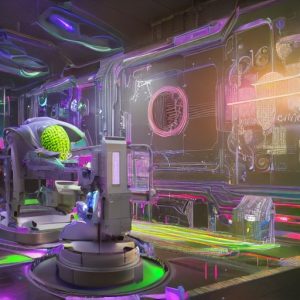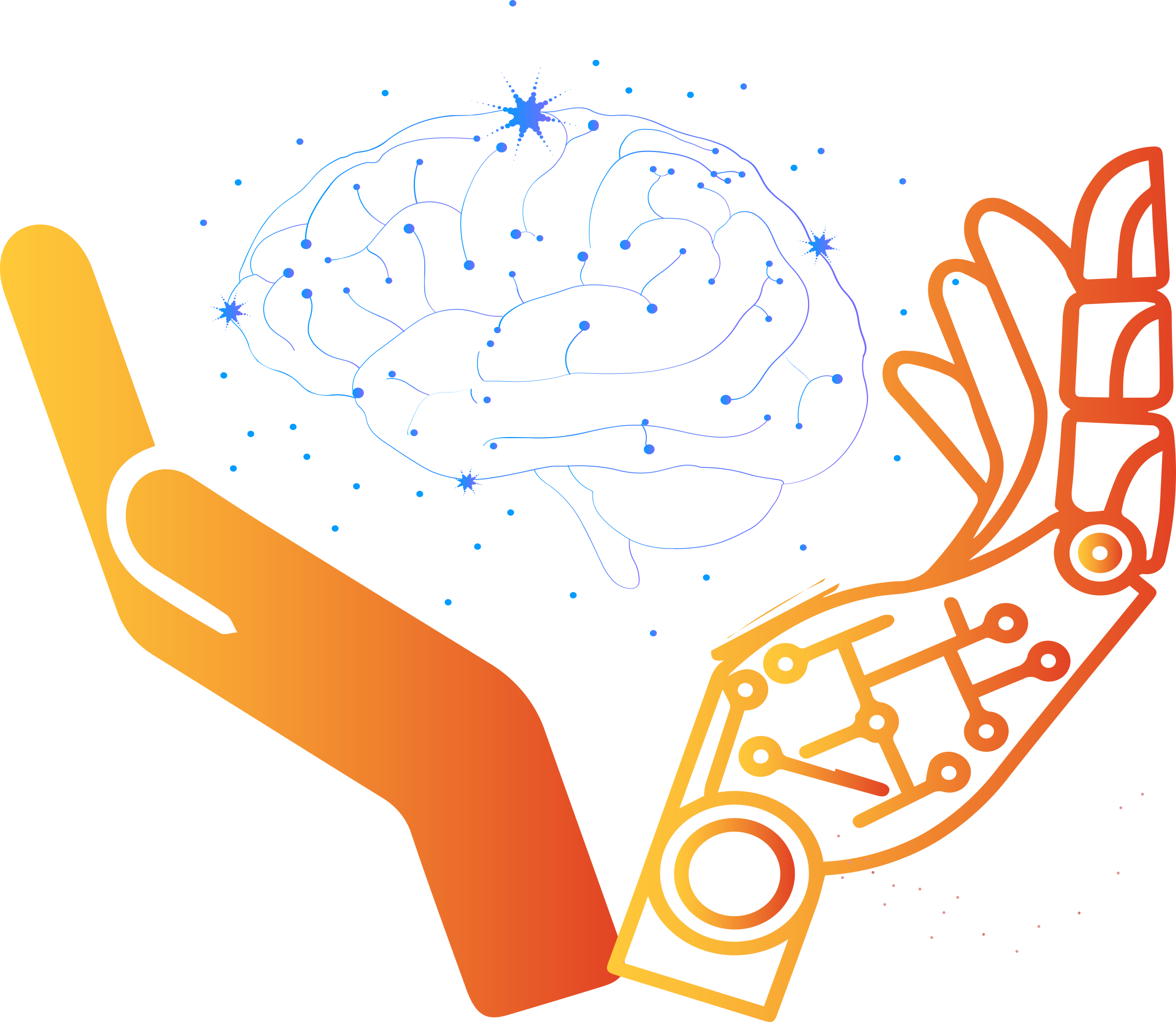An Overview of Machine Vision and Its Applications in Robotics
The field of robotics has seen significant advancements in recent years, with the development of increasingly sophisticated and capable robots that can perform a wide range of tasks. One key component of modern robots is their ability to perceive their environment through the use of sensors and vision systems. In this blog, we will take a closer look at machine vision and its applications in robotics.
What is Machine Vision?
Machine vision, also known as computer vision, is the field of artificial intelligence that focuses on enabling computers to interpret and analyze images and videos. Machine vision involves the use of various algorithms and techniques to enable computers to recognize patterns, objects, and other features within visual data.
In robotics, machine vision is used to enable robots to perceive and interpret their environment through the use of sensors such as cameras, lidar, and infrared sensors. By analyzing visual data, robots can determine their position, identify obstacles and objects, and navigate their environment.

Applications of Machine Vision in Robotics
There are a wide range of applications for machine vision in robotics, including:
- Object Recognition: Machine vision enables robots to recognize and identify objects in their environment. This is important in applications such as manufacturing and logistics, where robots need to be able to pick up and move objects.
- Navigation: Machine vision can be used to enable robots to navigate their environment. By analyzing visual data, robots can determine their location and orientation, and avoid obstacles.
- Inspection: Machine vision can be used to enable robots to inspect and analyze objects in their environment. This is important in applications such as quality control, where robots need to be able to identify defects in products.
- Surveillance: Machine vision can be used to enable robots to monitor and surveil their environment. This is important in applications such as security and border control.
- Human-Robot Interaction: Machine vision can be used to enable robots to interact with humans. By analyzing visual data, robots can recognize human gestures and movements, and respond accordingly.
Challenges and Future Developments
While machine vision has enabled significant advancements in the field of robotics, there are still a number of challenges that need to be addressed. These include the need for more sophisticated algorithms and techniques for analyzing visual data, as well as the need for more advanced sensors that can provide high-quality visual data in a variety of environments.
Despite these challenges, the future of machine vision in robotics looks promising. Advancements in artificial intelligence and machine learning are enabling robots to learn and adapt to their environment, while advances in sensor technology are enabling robots to gather more precise and accurate visual data. As these technologies continue to evolve, we can expect to see even more advanced and capable robots in the future.

